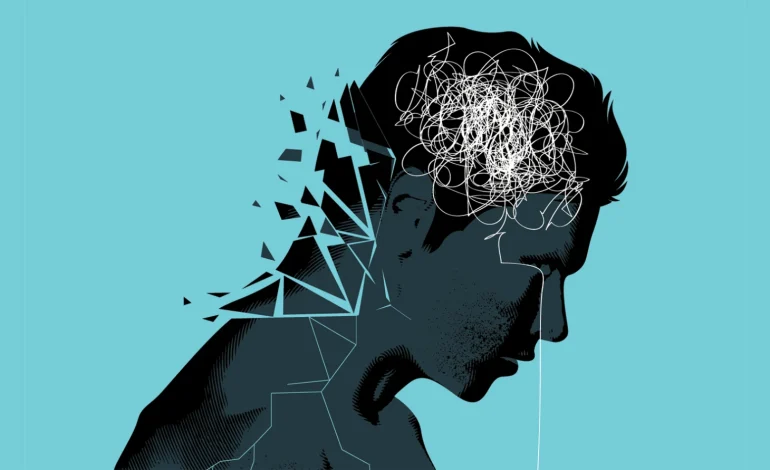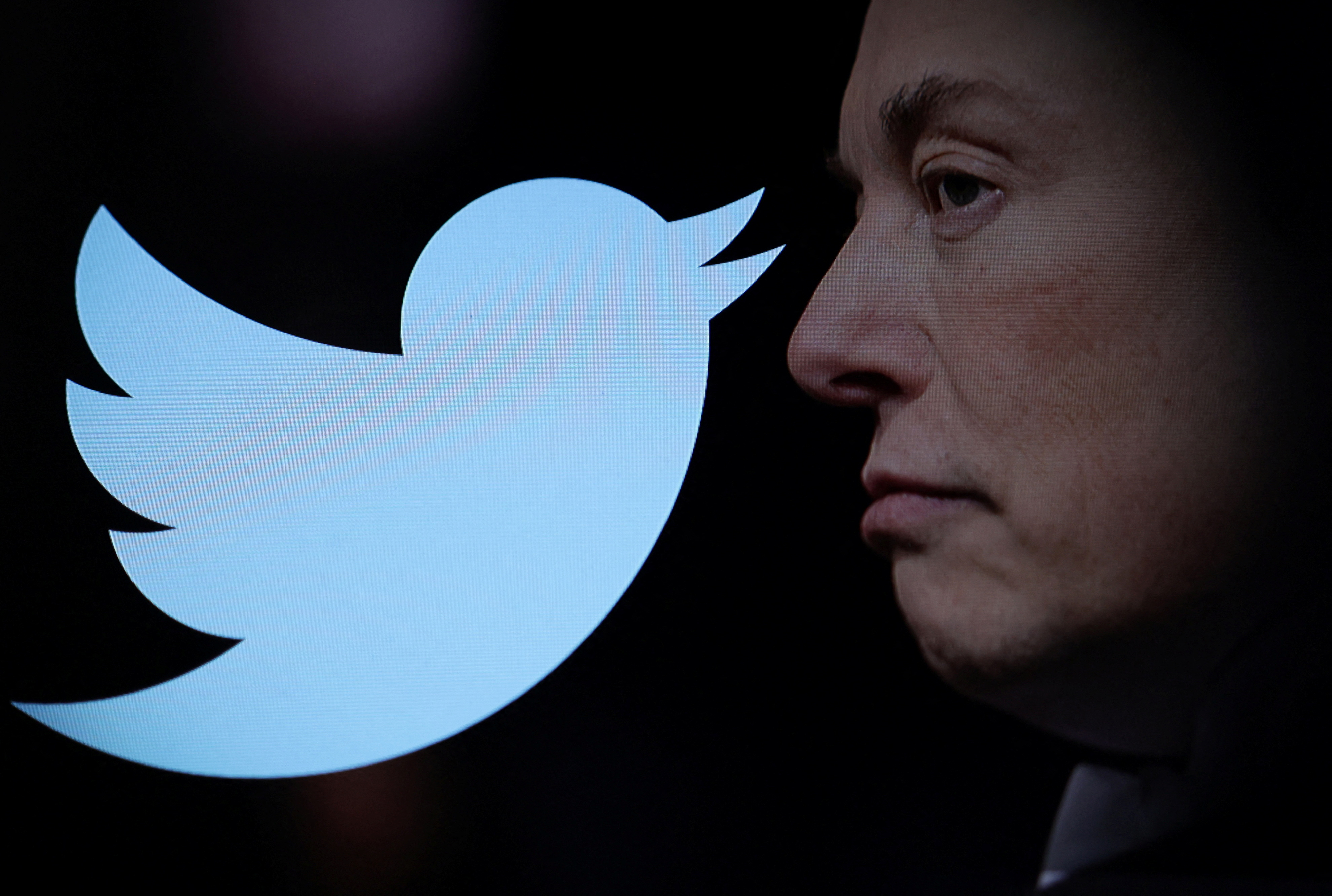In an age where conversations around mental health have moved into the mainstream—particularly on platforms like TikTok—there’s been a marked increase in public engagement with topics that were once considered taboo, the New York Times reports.
From managing anxiety and seeking treatment for depression to exploring less commonly understood conditions like bipolar disorder and dissociation, online spaces have made room for open dialogue. But with that openness comes a challenge: distinguishing credible information from misleading or oversimplified content.
Christina Caron, a mental health reporter for The New York Times Well desk, is seeking to bridge that gap with her new column, Psych 101. Drawing on her background as a clinical research coordinator and years of health reporting, Caron aims to unpack popular mental health trends with evidence-based clarity, aiming to make complex psychological topics accessible and trustworthy.
“There’s so much information circulating—especially on social media—that it’s hard to know what’s true,” Caron said.
Her monthly column is designed to address this confusion by breaking down trending terms, correcting common misconceptions, and giving readers tools to better understand mental health.
Each Psych 101 installment blends interviews with clinicians and researchers alongside stories from individuals with lived experience. This structure ensures both clinical accuracy and personal relevance. For instance, her column on “moral injury”—a condition marked by a sense of guilt or betrayal—struck a chord with readers who felt the term finally gave language to their experiences.
Caron selects topics based on their cultural momentum online or their relevance to recent news. Some issues, such as depersonalization/derealization disorder (D.D.D.), affect a small percentage of the population but gain disproportionate attention on social platforms. Caron sees these cases as opportunities to add nuance and context.
“There are a lot of people online talking about what it feels like to be disconnected from your life,” she noted. “Our job is to clarify what that actually means from a clinical perspective.”
Her approach balances clarity with accuracy. Caron is aware that many readers encounter mental health content while scrolling quickly, so she aims to present concepts in simple, compelling ways—without diluting the science.
“I often ask sources to explain things as if I’m in junior high,” she said, describing her efforts to translate jargon into plain language.
Looking ahead, Caron hopes to explore topics like emotional freedom technique (commonly referred to as “tapping”) and enmeshment, a term used to describe blurred boundaries in relationships. She is particularly drawn to areas where definitions remain murky or debate exists, aiming to offer readers insight they may not easily find elsewhere.
Mental health discourse has evolved significantly in recent years. The COVID-19 pandemic in particular brought widespread attention to psychological well-being, encouraging many people to engage with the topic more openly. While this increased visibility has fostered connection and reduced stigma, it also means that misinformation can spread quickly, especially when complex issues are condensed into short videos or memes.
By emphasizing thoughtful reporting and including voices from those with lived experience, Psych 101 aims to help readers feel both informed and understood.
As Caron puts it, “We’re trying to counter misinformation while also addressing the very real curiosity people have about their mental health.”










The latest news in your social feeds
Subscribe to our social media platforms to stay tuned